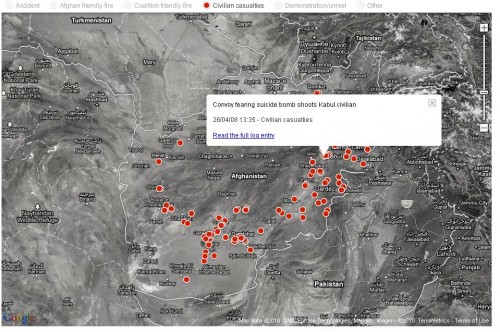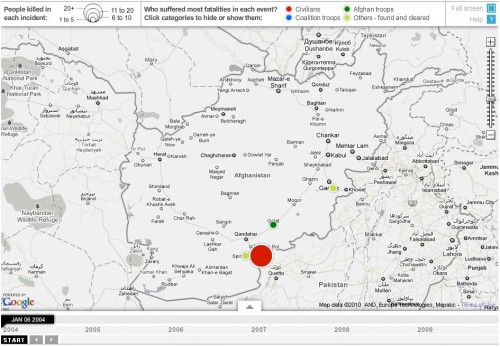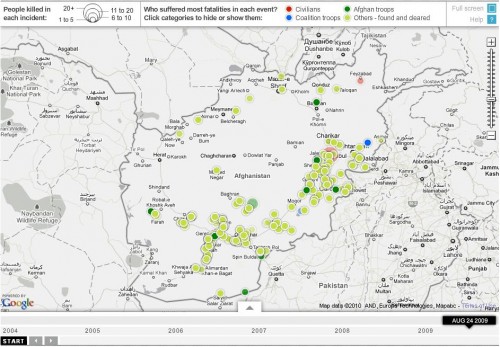Crossposted at Jezebel.
Sully R. drew our attention to a set of images of wedding-related dresses at brides.com. She searched through the thumbnails of brides in the entire gallery; out of 684, there were about 43 African American women, a few identified as Hispanic, and none, as far as she could tell, of Asian women. She also points out, “Of all the models that could be considered full-figured or curvy, most…were black.”
There’s something else going on here, the type of thing that just makes you wonder, given how much businesses spend on marketing and design and such, how it still made it through. Here is an image of the front page of the gallery, showing the only two thumbnails with Black women in them:
Did you catch it? The only two pictures that have Black women in them…are in the category “Maids in Heaven.” I’m sure this was referring to being a “maiden” or something of that sort (I first thought of “bridesmaid,” but then it’s a bride in one picture, so that doesn’t really make sense).
I can’t really fathom how no one noticed and thought, “maybe we should change that title, just to be safe.” It shows, at the very least, a remarkable insensitivity to part of the presumed audience — not thinking about how the language of the categories might have different meanings depending on who it referred to and that for some groups, the use of “maid,” however innocuously meant, would have unpleasant connotations.
Interestingly, the one area where Sully noticed interracial groups, including Asians, was in pictures of flower girls:
She said there were actually quite a few Asian girls in these photos. Presumably this is a safe place to show interracial mixing; it implies a childhood innocence where everybody gets along and is less likely to alienate adults who might be more uncomfortable with images of an interracial couple getting married.
W7VMG6TW33MX



















